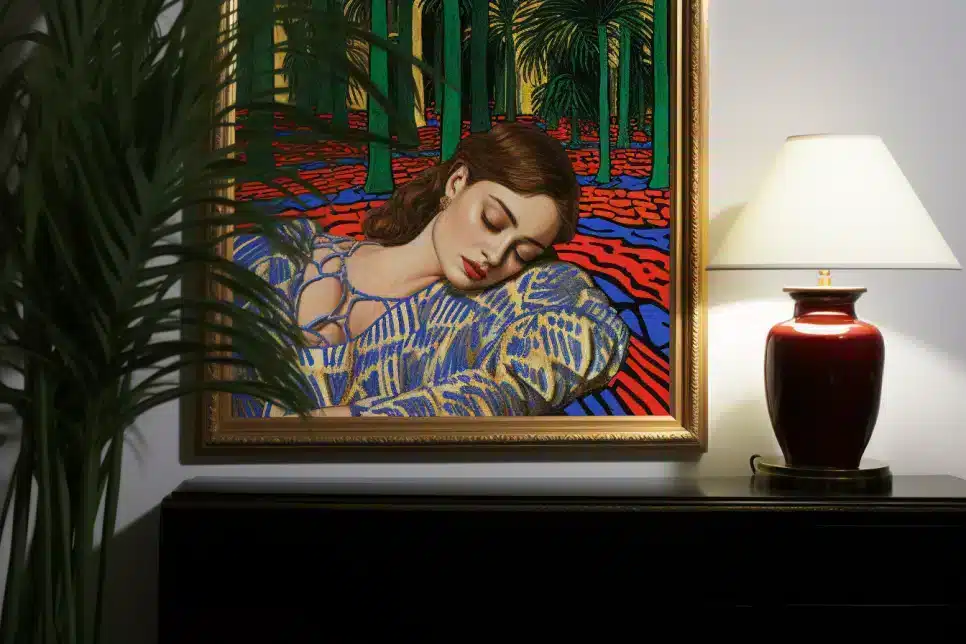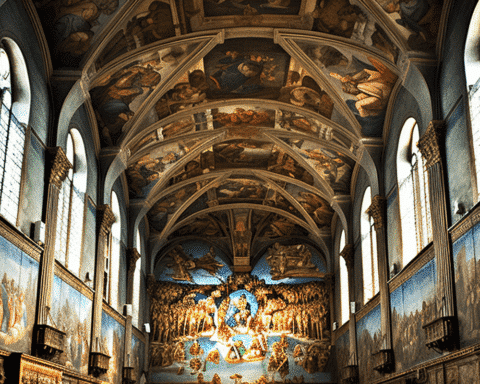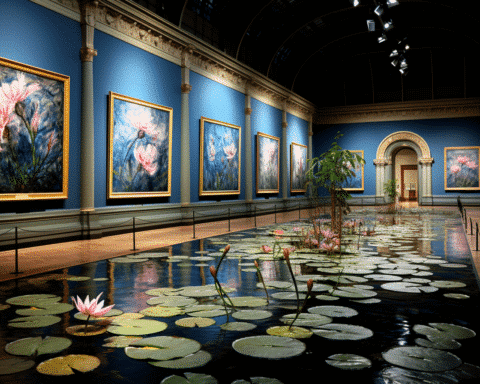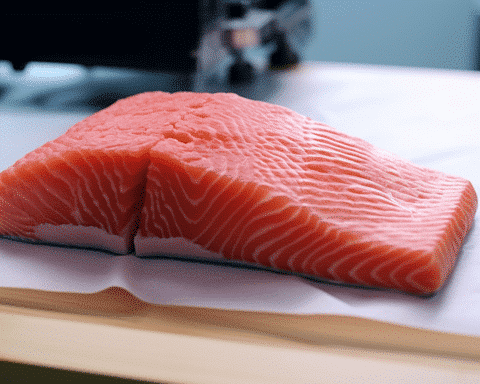The art world is witnessing a groundbreaking shift with the emergence of 3D-printed masterpieces, a novel concept brought to life by the Austrian printmaking company Lito Masters. By harnessing advanced laser scanning technologies, this innovative venture enables art enthusiasts to own near-perfect replicas of multi-million-dollar artworks by legendary artists like Vincent van Gogh, Henri Matisse, and Wassily Kandinsky. These textured reproductions, mirroring the original paintings’ every stroke, crack, and ridge, redefine the boundaries of art accessibility and collection.
Founded in 2022, Lito Masters has forged partnerships with prominent museums to scan and reproduce esteemed artworks. “It’s almost a clone,” says co-founder John Dodelande, emphasizing the meticulous replication of the original’s details. This technology paves the way for producing limited-edition collectibles that are virtually indistinguishable from the originals, except for their significantly lower price tags. For example, a facsimile of Van Gogh’s “Bedroom in Arles” is offered for under $4,000, a fraction of the original’s worth.
Each artwork, produced in limited batches and accompanied by a certificate of authenticity, is created using a laser scanner, typically reserved for institutional art research. This partnership offers a new souvenir form and aids museums in scientific exploration. For instance, the Musée de l’Orangerie in Paris utilized this technology to scan Claude Monet’s “Water Lilies” murals, producing collectible portions of these iconic artworks.
Moreover, this initiative is about more than just reproductions. The Musée d’Orsay, by selling printed reproductions and exhibiting a colourless version of Van Gogh’s “The Church in Auvers-sur-Oise,” offers a unique perspective on the artist’s technique and texture. Constance de Marliave from the Musée d’Orsay highlights the goal of making their collection accessible in new ways.
Lito Masters is not stopping here. They plan to expand their collaborations to include works by Frida Kahlo and Tsuguharu Foujita and to work with contemporary artists through their Lito Editions venture. Beyond just a commercial enterprise, Victoria Gandit Lelandais from Lito Masters sees potential in using these reproductions for exhibitions, especially when loaning originals is impractical.
The ingenuity of Lito Masters in 3D-printing masterpieces marks a new era in art conservation, education, and enjoyment. This approach democratizes art ownership and opens new avenues for museums to engage with and expand their audiences. By bridging the gap between priceless art and public accessibility, Lito Masters sets a new precedent in the art world.



